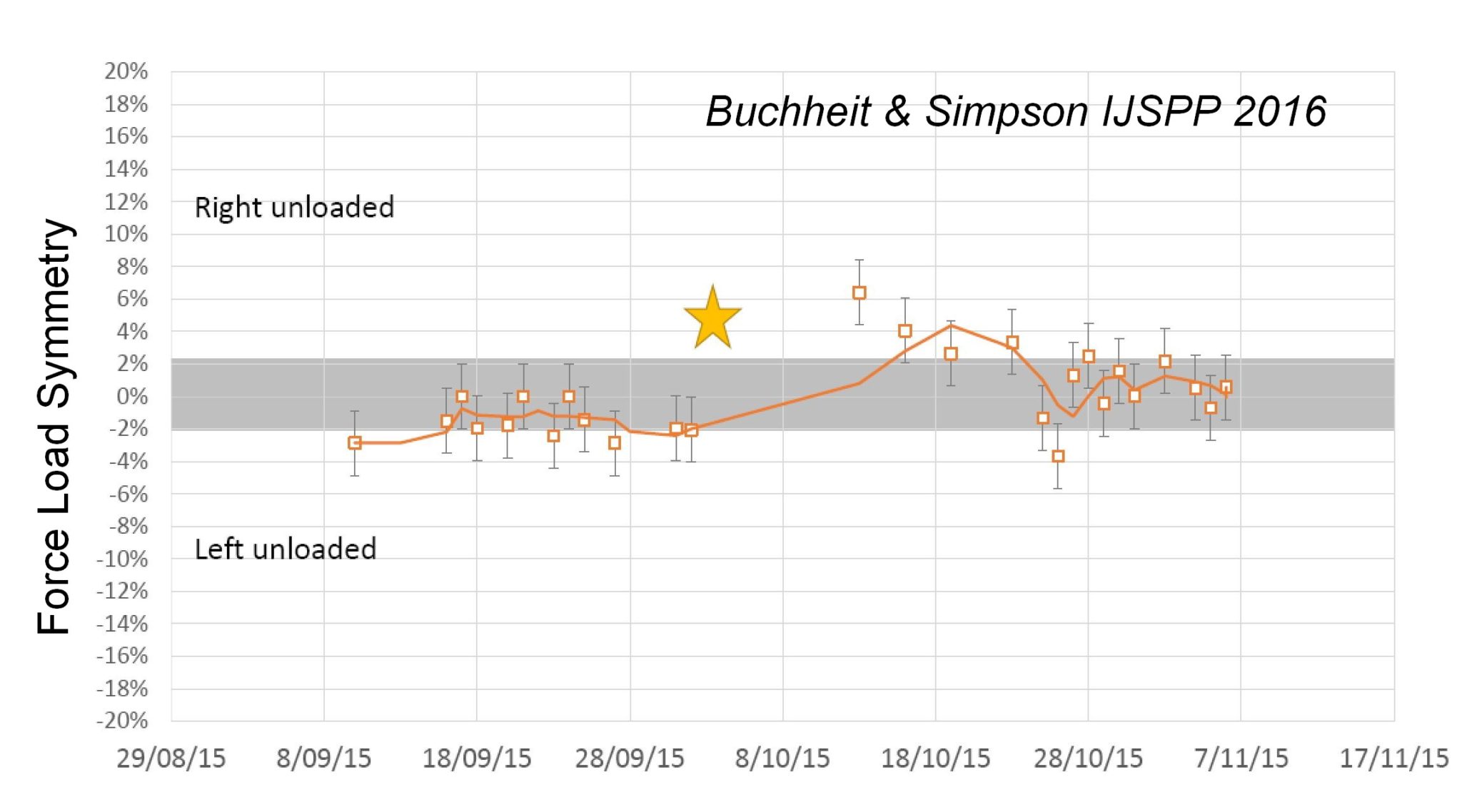Player tracking technology: half-full or half-empty glass?
Buchheit M & Simpson BM. Player tracking technology: half-full or half-empty glass? IJSPP, In press
This paper summarizes the main points of my talk in Aspire last year (Monitoring Load conference, Doha, Qatar, 2016) where I, among others, highlited the limitations of the metabolic power concept
Full text here
Abstract. With the ongoing development of (micro) technology, player tracking has become one of the most important components of load monitoring in team sports. The three main objectives of player tracking are the following: i) better understanding of practice (provide an objective, a posteriori evaluation of external load and locomotor demands of any given session or match), ii) the optimisation of training load patterns at the team level and iii) decision making on individual players training programs to improve performance and prevent injuries (e.g., top-up training vs. un-loading sequences, return to play progression). This paper, discusses the basics of a simple tracking approach and the need for the integration of multiple systems. The limitations of some of the most used variables in the field (including metabolic power measures) will be debated and innovative and potentially new powerful variables will be presented. The foundations of a successful player monitoring system are probably laid on the pitch first, in the way practitioners collect their own tracking data, given the limitations of each variable, and how they report and utilize all this information, rather than in the technology and the variables per se. Overall, the decision to use any tracking technology or new variable should always be considered with a cost/benefit approach (i.e., cost, ease of use, portability, manpower / ability to impact on the training program).

Figure. Example of Force load symmetry in a players during his return to play period following a right ankle sprain. The symmetry (with errors bars standing for typical error of measurement8) is calculated from the Force load of all foot impacts during all accelerated running phases (>2m.s-2) of each session. The star represents the date of the injury.



